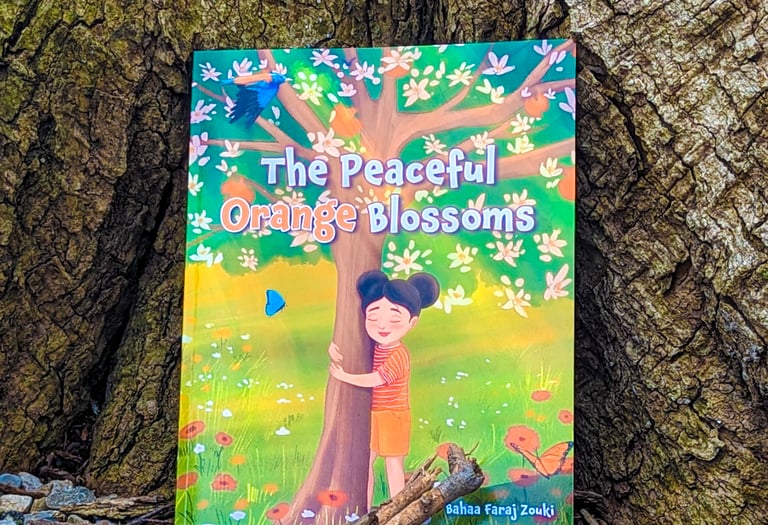

Educational Beliefs
Children can benefit greatly from engaging in group reflections on feelings and emotions, as well as learning techniques to manage them. By reflecting on their feelings and discussing strategies to control emotions, children can develop emotional intelligence and resilience. This process can help reduce anxiety levels and boost their confidence, as they learn that experiencing a range of emotions is normal and acceptable. When children reflect on the feelings discussed in books and share their own experiences, they gain a deeper understanding of emotions and learn that they are not alone in their feelings. Additionally, discussing how they overcame their emotions provides valuable insight into coping mechanisms and problem-solving skills. Teaching children strategies such as meditation and deep breathing helps them learn to regulate their emotions and manage stress effectively. By encouraging children to share their ideas on calming their bodies, educators empower them to take ownership of their emotional well-being and develop personalized coping strategies. Overall, group reflection on feelings and emotions fosters emotional awareness, self-confidence, and resilience in children, equipping them with essential life skills for navigating their emotions and relationships effectively.
In my practice, I fully embrace the Reggio Emilia Approach, extending its core principles to outdoor settings as essential components of the learning environment. I firmly believe that children should have the autonomy to lead their own learning experiences, especially outdoors where they can engage with natural materials like sticks, rocks, sand, and water, fostering hands-on exploration and experimentation. Outdoor spaces offer unique opportunities for collaboration, social interaction, and imaginative play, promoting communication and language development through various forms. I see the outdoor environment as a dynamic "third teacher" that influences children's learning and development, providing endless sensory experiences and promoting holistic well-being. As an educator, I play a pivotal role in facilitating children's outdoor learning experiences, observing their interests, providing guidance, and introducing new materials to inspire creativity and exploration. Overall, I emphasize the significance of outdoor environments as valuable learning spaces that ignite children's curiosity, foster creativity, and deepen their connection to the natural world, enriching their learning journey.
The Reggio Emilia Approach, originating from the Italian city of Reggio Emilia, is an innovative educational philosophy that prioritizes the holistic development of children. Grounded in the belief that children are capable, competent learners, this approach emphasizes child-led learning, community collaboration, and the use of diverse forms of expression. Teachers serve as guides, fostering exploration and discovery through projects and experiences. The approach views the environment as a crucial "third teacher," with outdoor spaces playing a significant role in shaping children's learning experiences. By valuing children's interests, promoting collaboration, and nurturing a strong sense of community, the Reggio Emilia Approach provides a rich and meaningful foundation for early childhood education.
Reggio Emilia Approach



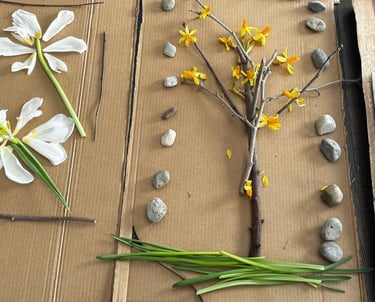
Suggestions of Steps on how to facilitate group reflections and discussions on feelings and emotions with children:
1. Create a Safe and Supportive Environment: Start by establishing a safe and supportive atmosphere where children feel comfortable expressing their thoughts and emotions without fear of judgment.
2. Use Storytelling and Literature: Incorporate books, stories, or picture books that depict various emotions and situations relevant to children's experiences. After reading, encourage open-ended discussions about the characters' feelings and how they relate to the children's own emotions.
3. Encourage Sharing and Active Participation: Invite children to share their own experiences and feelings related to the themes discussed in the book. Use open-ended questions to prompt reflection, such as "Can you think of a time when you felt happy/sad/angry? What happened, and how did you feel?"
4. Model Emotional Expression: Demonstrate healthy ways to express and manage emotions by openly discussing your own feelings and coping strategies. This modelling helps children feel more comfortable sharing their emotions and seeking support when needed.
5. Teach Coping Strategies: Introduce a variety of coping strategies for managing strong emotions, such as deep breathing, mindfulness exercises, positive self-talk, or physical activities. Encourage children to brainstorm their own coping techniques and share them with the group.
6. Practice Mindfulness and Relaxation Techniques: Incorporate brief mindfulness or relaxation exercises into group sessions to help children learn to calm their bodies and minds. Simple activities like guided imagery, progressive muscle relaxation, or mindful breathing can be effective tools for emotional regulation.
7. Foster Empathy and Understanding: Encourage children to consider others' perspectives and emotions by discussing how different situations may affect people in various ways. Promote empathy and compassion by encouraging supportive interactions and validating each other's feelings.
8. Celebrate Diversity of Emotions: Emphasize that all emotions are valid and normal and that it's okay to feel a wide range of emotions. Help children understand that emotions serve as important signals and provide valuable information about their needs and experiences.
9. Follow-Up and Reinforce Learning: Continuously revisit and reinforce the concepts discussed in group reflections through follow-up activities, discussions, or journaling prompts. Encourage children to apply their newfound understanding of emotions in their daily lives.
By implementing these suggestions, educators can create meaningful opportunities for children to explore, understand, and effectively manage their feelings and emotions in a supportive group setting.
Outdoor adventures


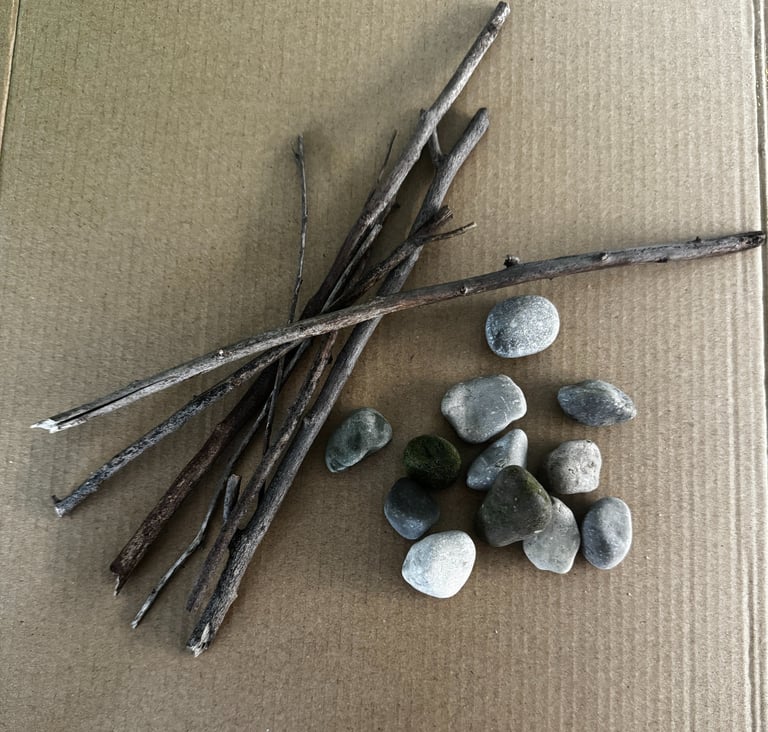



Get creative with natural materials.
o Nature walks collection: Collect, get inspired, create.
o Painting with natural materials; Dandelions, chives, mint
· Gardening
· Discovering bugs – take photos and research them online.
· Leaf and natural resource collection
· Vegetable or food garden, care for and record growth (track by measurements and digital photos)
· Yard work. Trimming bushes, pulling weeds, raking etc.
· Scavenger hunt
· Treasure hunt
· Go for a nature walk and collect sticks and then bring them back and see what the children do with them (imaginative play) They could turn them into a wand, a paintbrush, or just use them as a stick.
· Put up a tent and go “camping.
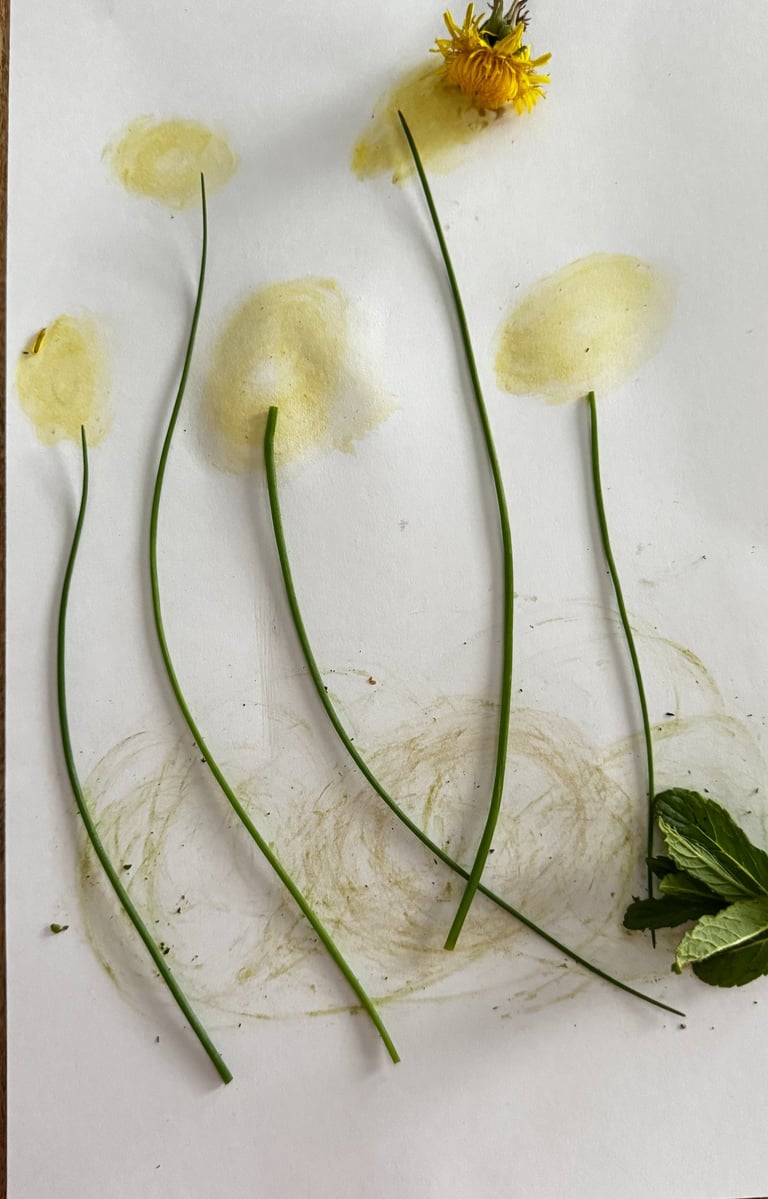



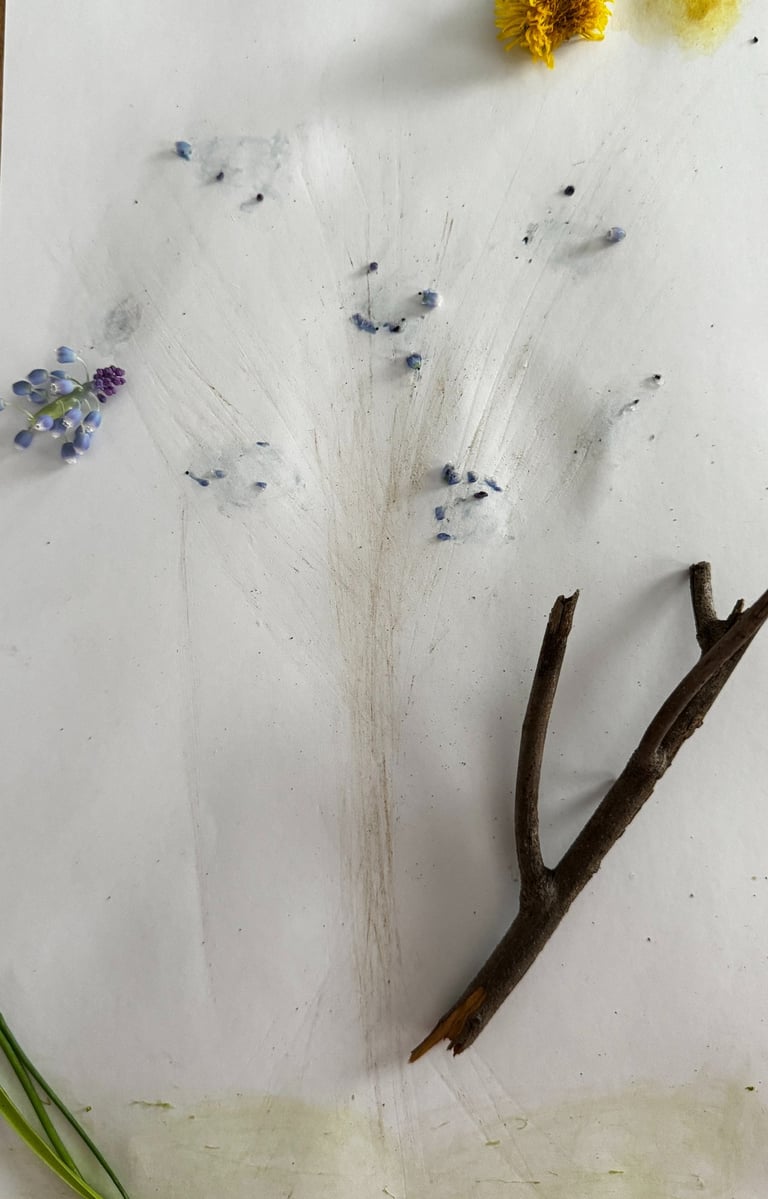

Hey kids! We'd love to hear about your outdoor adventures and cool crafts. Tell us about your nature walks and backyard finds, and show us what you've made from stuff you've found outside. Let's have fun sharing stories and showing off our creations together!
Join Our Nature Club: Share Your Adventures & Crafts!
